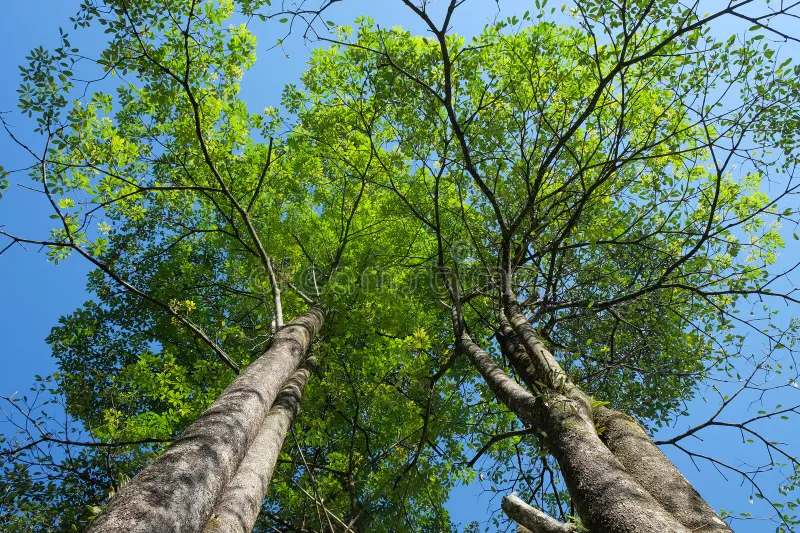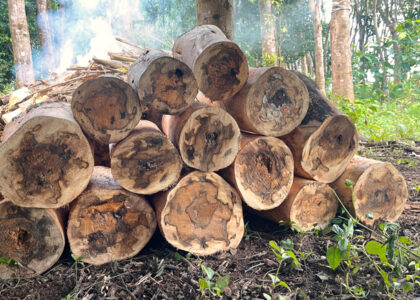Agarwood, also known as oudh, aloeswood, or gharuwood, is one of the most valuable and sought-after natural commodities in the world. This aromatic heartwood is derived from the Aquilaria tree, which grows primarily in Southeast Asia, and has garnered attention for its unique fragrance and various applications in different cultures. The distinctive smell of agarwood has made it a staple in perfumes, traditional medicines, and incense, contributing to its status as a high-value product on the global market. Understanding the origins and characteristics of agarwood, as well as the factors that contribute to its impressive value, is crucial for appreciating this remarkable natural resource.
Understanding Agarwood: Its Origins and Characteristics
Agarwood is formed as a response to a fungal infection in the heartwood of the Aquilaria tree. When the tree becomes infected, it begins to produce a dark, aromatic resin as a defense mechanism, which ultimately leads to the formation of agarwood. This process can take several years and is highly unpredictable, making the wood extremely rare. The primary species responsible for agarwood production include Aquilaria malaccensis, Aquilaria sinensis, and Aquilaria crassna, each with unique qualities that can affect their aroma and market value.
The appearance and fragrance of agarwood can vary significantly depending on several factors, including the tree’s age, the environment in which it grows, and the extent of the fungal infestation. High-quality agarwood is dense, dark, and rich in aromatic oils, which can be released through burning or distillation. The scent profile of agarwood is complex, often described as warm, woody, and sweet with notes of spice, making it highly sought after for use in perfumes and incense.
In addition to its olfactory qualities, agarwood has historical and cultural significance across various regions. In Middle Eastern cultures, it is commonly used in religious rituals and as an offering in mosques. In traditional Chinese medicine, it is believed to possess therapeutic properties, attributed to its calming and grounding scent. Thus, agarwood is not only valued for its physical characteristics but also for its deep-rooted connection to cultural practices and beliefs.
The High Demand and Value of Agarwood in Global Markets
The global demand for agarwood has surged in recent years, driven by its popularity in the fragrance industry and its use in traditional practices. Countries in the Middle East and Asia, particularly Saudi Arabia, the United Arab Emirates, and India, are the largest consumers of agarwood products. The rise of luxury fragrances and the increasing interest in natural and sustainable ingredients have further amplified its market presence, leading to a significant increase in price. Depending on the quality and origin, agarwood can fetch prices ranging from hundreds to thousands of dollars per kilogram.
The rarity of high-quality agarwood plays a pivotal role in its valuation. Since the Aquilaria tree takes years to develop the resinous heartwood, and due to over-harvesting and habitat loss, many species are now endangered. This scarcity drives up the prices, making agarwood one of the most expensive raw materials in the world. The International Union for Conservation of Nature (IUCN) has classified several Aquilaria species as vulnerable or endangered, further contributing to the urgency of sustainable harvesting practices.
Efforts to cultivate agarwood sustainably are increasingly gaining attention. Innovative cultivation techniques, such as artificial inoculation, aim to expedite the resin production process while preserving the species in their natural habitat. As consumers become more conscious of ethical sourcing, the market is gradually shifting toward sustainable and responsibly harvested agarwood. Nevertheless, the balance between meeting global demand and protecting this precious resource remains a critical challenge in the industry.
Agarwood represents a fascinating intersection of nature, culture, and commerce. Its origins rooted in the Aquilaria tree and the unique characteristics that arise from its formation make it a remarkable natural product. As global demand continues to rise, understanding the dynamics of its market and the necessity for sustainable practices becomes increasingly important. Ultimately, agarwood’s value is not just a reflection of its rarity and fragrance, but also of the rich traditions and cultures that continue to cherish this extraordinary heartwood.




